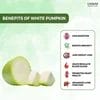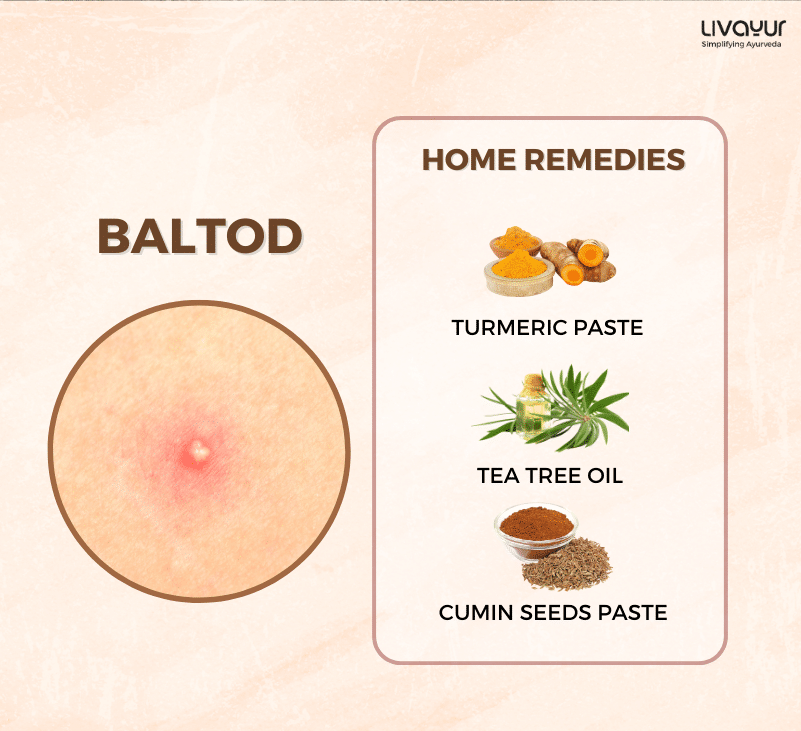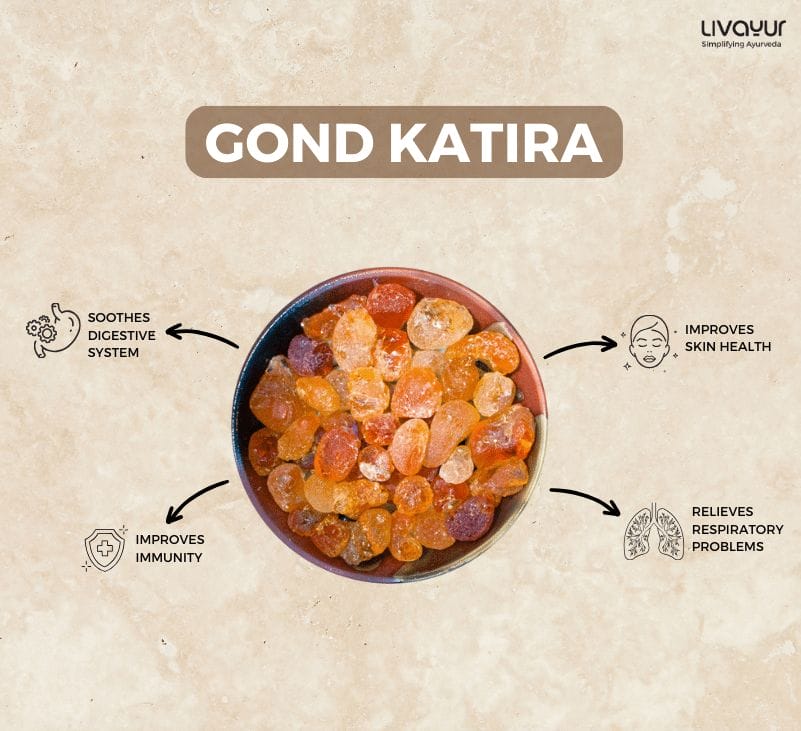
Phyllanthus niruri, commonly known as “Bhui amla” or “chanca piedra,” is a revered botanical treasure with many therapeutic properties. Rooted in centuries-old traditional wisdom, Ayurveda recognizes the profound healing potential of Phyllanthus niruri. This article examines the benefits, diverse applications, recommended dosages, and potential side effects of Phyllanthus niruri. All these aspects will help you understand how Phyllanthus niruri can promote holistic well-being.
What is phyllanthus niruri?
Phyllanthus niruri is an herb indigenous to India. This botanical specimen thrives as a winter weed in the warmer regions of India. Belonging to the Phyllanthus genus, which includes over 600 species, ranging from shrubs and trees to annual or biennial herbs, Phyllanthus niruri is a noteworthy member of the Euphorbiaceae family.
Characterized by a modest stature, reaching up to 60 cm in height, this herb plays a significant role as a common kharif (rainy season) weed. The terminology “Phyllanthus” comes from the Greek words “leaf and flower.” [1]
Nutritional composition of phyllanthus niruri leaf
Here’s the nutritional value of Phyllanthus niruri leaf (g/100g DM). [2]
| Name | Amount |
| Dry matter | 91.06 |
| Crude fibre | 16.90 |
| Crude protein | 14.74 |
| Ether extract | 7.55 |
| Ash | 7.33 |
| Nitrogen free extract | 44.54 |
| Metabolizable energy | (MJ/Kg) 7.74 |
What are the phyllanthus niruri benefits?
Here are the wide-ranging Phyllanthus niruri benefits categorized according to various medicinal systems.
Based on Ayurvedic medicine
- Bronchitis and asthma relief
Phyllanthus niruri’s medicinal efficacy extends to managing respiratory conditions like bronchitis and asthma. It offers relief from associated symptoms and promotes respiratory health. [3]
- Anaemia management
Recognized for its hematopoietic properties, the plant extract helps address anemia. It aids in enhancing red blood cell production and blood health. [3]
- Urinary disorder remediation
The diuretic properties of Phyllanthus niruri can address urinary disorders. [3]
Based on Charaka Samhita
- Asthma treatment
Charaka Samhita highlights the plant’s effectiveness in the treatment of asthma. It provides relief from bronchial constriction and improves respiratory function. [3]
- Liver stimulation
Phyllanthus niruri plays a role in stimulating liver function by supporting hepatic health and contributing to digestive well-being. [3]
- Appetite enhancement
Phyllanthus niruri can increase appetite, which makes it a valuable component in formulations aimed at improving digestive processes. [3]
- Laxative effects
Charaka Samhita notes that the plant’s laxative effects contribute to gastrointestinal health by promoting regular bowel movements. [3]
Based on Maharshi Charaka
- Alleviation of cough (Kasahara)
Phyllanthus niruri’s categorization as Kasahara highlights its role in alleviating cough, relieving respiratory discomfort, and promoting respiratory well-being. [3]
- Relief from asthma (Swasahara)
The plant has efficacy in relieving asthma, emphasizing its potential to mitigate bronchial spasms and facilitate improved breathing. [3]
- Cure for urinary disorders (Mootrarogahara)
The classification highlights Phyllanthus niruri’s effectiveness in addressing urinary disorders. [3]
- Balancing Kapha-Pitta Dosha (Kapha-Pittahara)
Maharshi Charaka recognizes the plant’s role in balancing the kapha-pitta dosha, which can promote harmony within the body’s elemental composition. [3]
- Treatment for jaundice (Kaamalaahara)
Phyllanthus niruri has efficacy in treating jaundice, indicating its potential to support liver function and address hepatic conditions. [3]
- Management of cough and blood disorders (Bhava Prakasa Nighantu)
The plant can address cough and blood disorders, contributing to respiratory and circulatory health. [3]
What are the uses of Phyllanthus niruri?
Here are the various uses of Phyllanthus niruri.
1. Respiratory health [3]
- Asthma and bronchitis
Phyllanthus niruri can alleviate symptoms associated with asthma and bronchitis, showcasing its effectiveness in promoting respiratory well-being.
- Cough and tuberculosis
Recognized for its expectorant properties, the herb helps address cough and is beneficial in managing tuberculosis.
2. Hematological benefits [3]
Phyllanthus niruri helps address anemia by contributing to hematopoiesis and supporting bloodAnemia management
health.
- Oligogalactia
The plant helps in cases of oligo galactica by contributing to the enhancement of lactation in nursing mothers.
3. Gastrointestinal support [3]
- Diarrhea and dysentery
Known for its anti-diarrheal properties, Phyllanthus niruri helps treat diarrhea and dysentery.
- Stomachic
Its stomachic properties make it a valuable component in formulations promoting digestive health.
4. Liver and gallbladder health [3]
- Jaundice and hepatitis
Phyllanthus niruri has hepatoprotective qualities, making it a valuable remedy in managing jaundice and hepatitis.
- Tumor (abdomen)
The herb’s traditional use extends to addressing abdominal tumors, showcasing its potential in supporting liver and gallbladder health.
5. Genitourinary health [3]
- Genitourinary disorders
Used in treating various genitourinary disorders, Phyllanthus niruri maintains the health of the reproductive and urinary systems.
- Gonorrhea
The herb’s antimicrobial properties help in the management of gonorrhea.
- Urogenital tract infections
Recognized for its diuretic and antimicrobial effects, it aids in addressing infections in the urogenital tract.
6. Ophthalmic uses [3]
- Conjunctivitis and eye disorders
Phyllanthus niruri helps in the treatment of conjunctivitis and other eye disorders.
7. Metabolic conditions [3]
- Diabetes
The herb helps in the holistic management of diabetes, contributing to glycemic control and metabolic well-being.
- Thirst
Its traditional use extends to addressing excessive thirst by providing relief in conditions associated with dehydration.
8. Dermatological applications [3]
- Ringworm and scabies
Phyllanthus niruri’s antimicrobial properties help treat dermatological conditions like ringworm and scabies.
What is the recommended dosage of phyllanthus niruri?
Here are some things to remember when determining the appropriate dosage of Phyllanthus niruri.
- The recommended dosage of Phyllanthus niruri can vary based on factors like the specific health concern being addressed, the form of the herbal preparation, and the individual’s health status.
- Ayurvedic practitioners often prescribe Phyllanthus niruri as decoctions, powders, or capsules. The dosages depend on the patient’s unique constitution and the severity of the condition.
- Consult a qualified healthcare professional or an Ayurvedic practitioner to understand the most appropriate dosage to ensure optimal efficacy while mitigating the risk of adverse effects.
- Adherence to established guidelines and consultation with a healthcare provider is crucial to derive maximum benefits.
What are the side effects of Phyllanthus niruri?
While Phyllanthus niruri is generally safe when used within recommended dosages, knowing the potential side effects is prudent.
- Reported side effects are infrequent and often mild, including gastrointestinal discomfort, nausea, or diarrhea.
- Individuals with known allergies to plants within the Euphorbiaceae family, to which Phyllanthus niruri belongs, should exercise caution and seek professional guidance before incorporating it into their health regimen.
- Pregnant or nursing individuals, as well as those taking medications, must consult a healthcare professional before using Phyllanthus niruri.
- Adherence to recommended dosages will contribute to a safe and beneficial experience.
Precautions to keep in mind about Phyllanthus niruri
While Phyllanthus niruri has many potential health benefits, here are some precautions to ensure a safe experience.
- Individuals with a known hypersensitivity to plants within the Euphorbiaceae family, to which Phyllanthus niruri belongs, should seek professional guidance before incorporating it into their health regimen.
- Pregnant or nursing individuals, as well as those with pre-existing medical conditions or currently taking medications, must consult a qualified healthcare professional before using Phyllanthus niruri.
- Adhere strictly to recommended dosages, as excessive or prolonged use may lead to mild gastrointestinal discomfort, nausea, or diarrhea.
FAQs
1. Is Phyllanthus niruri good for the liver?
Yes, Phyllanthus niruri has hepatoprotective properties. In Ayurveda, it helps support liver health, mitigate liver disorders, and promote liver function.
2. What is the benefit of Phyllanthus niruri in Ayurveda?
Phyllanthus niruri holds a prominent place in Ayurveda for its versatile therapeutic benefits. It helps address respiratory issues, digestive disorders, liver ailments, and urinary concerns.
3. Is Phyllanthus niruri good for the kidney?
Yes, Phyllanthus niruri has traditionally helped support kidney health. It has diuretic properties and finds use in Ayurvedic formulations to address urinary disorders.
4. Is Phyllanthus niruri good for fatty liver?
Phyllanthus niruri has the potential to manage fatty liver conditions. Its hepatoprotective and anti-inflammatory properties are valuable in holistic approaches to address rich liver concerns.
5. Is Phyllanthus safe?
Phyllanthus niruri is generally safe when used within recommended dosages. However, individuals with known allergies to the Euphorbiaceae family and pregnant or nursing individuals must consult a healthcare professional before use.
6. Is Phyllanthus niruri good for hair?
While Phyllanthus niruri is primarily known for its medicinal applications, there is limited scientific evidence on its direct benefits for hair. Exploring specific hair treatments under the guidance of a healthcare professional or a qualified Ayurvedic practitioner is advisable.
7. Which part of Phyllanthus niruri is used?
Various parts of Phyllanthus niruri have wide-ranging medicinal purposes. The whole plant, including leaves, roots, and fruits, is added to different formulations depending on the intended therapeutic use.
Conclusion
Phyllanthus niruri is a botanical ally with multifaceted healing potential. As with any herbal remedy, caution and adherence to recommended dosages are crucial to mitigate potential side effects. Consult a qualified healthcare professional or Ayurvedic practitioner before incorporating Phyllanthus niruri into your health regimen. To harness the benefits of Phyllanthus niruri effectively, consider seeking personalized guidance and prioritize recommended dosages.
Disclaimer
The information provided here is not intended to replace professional advice or treatment.












